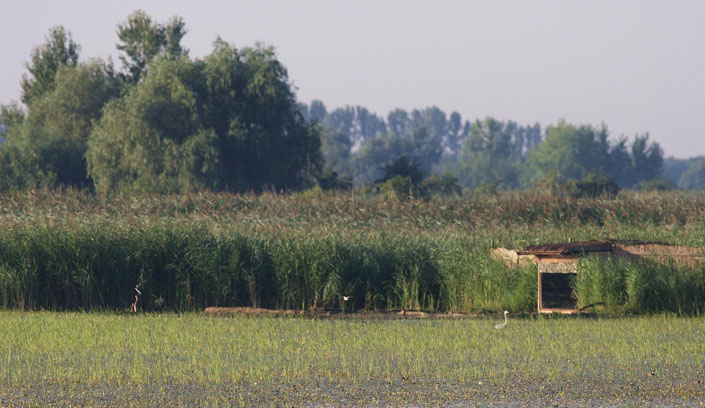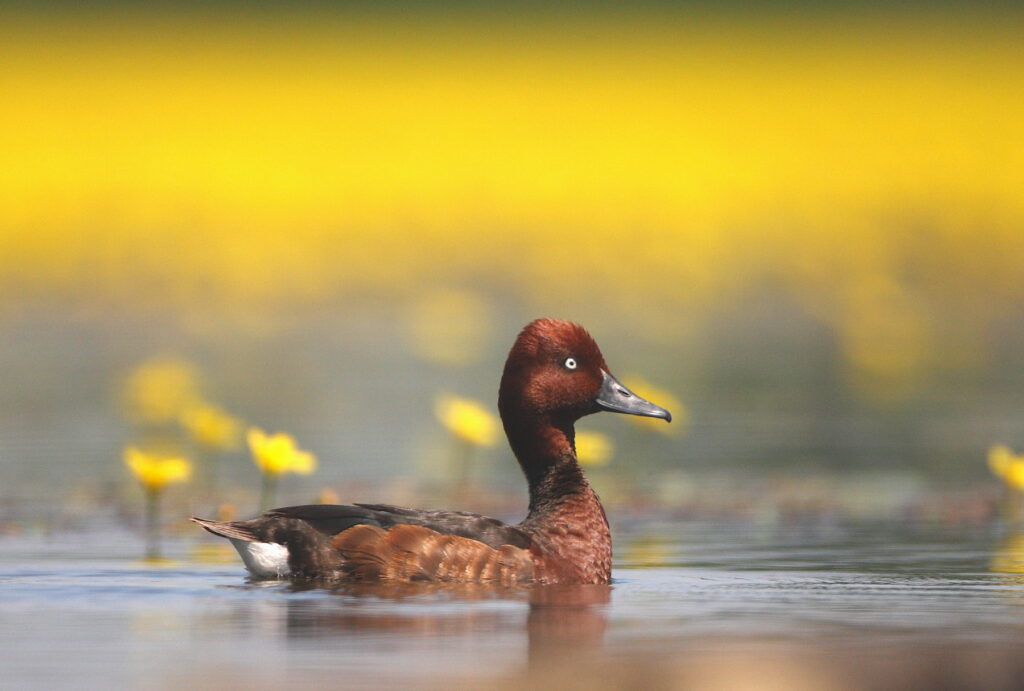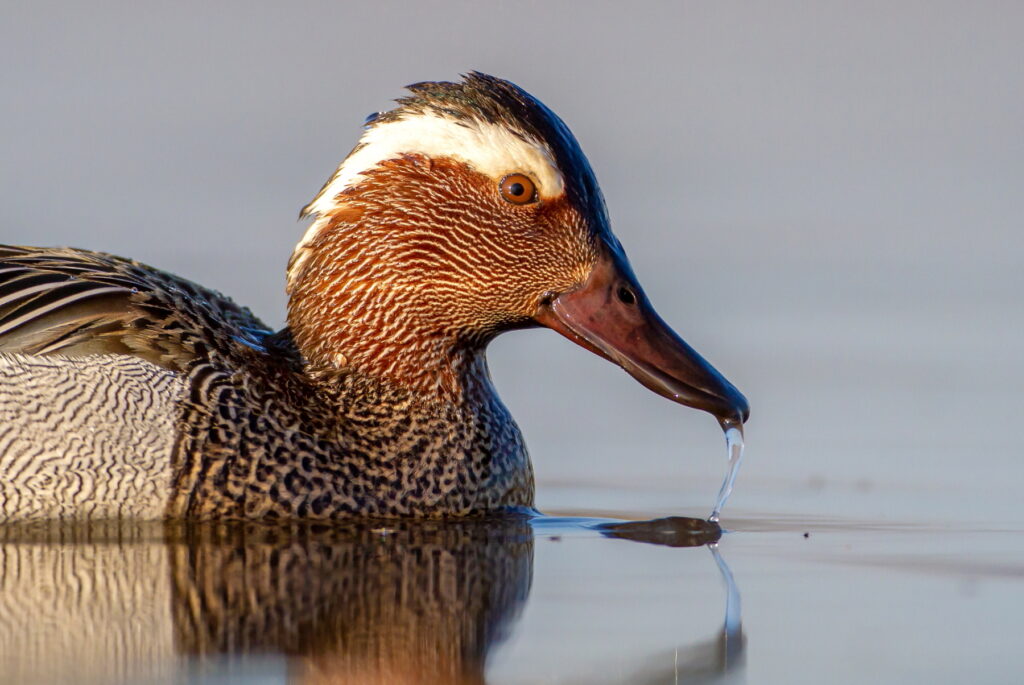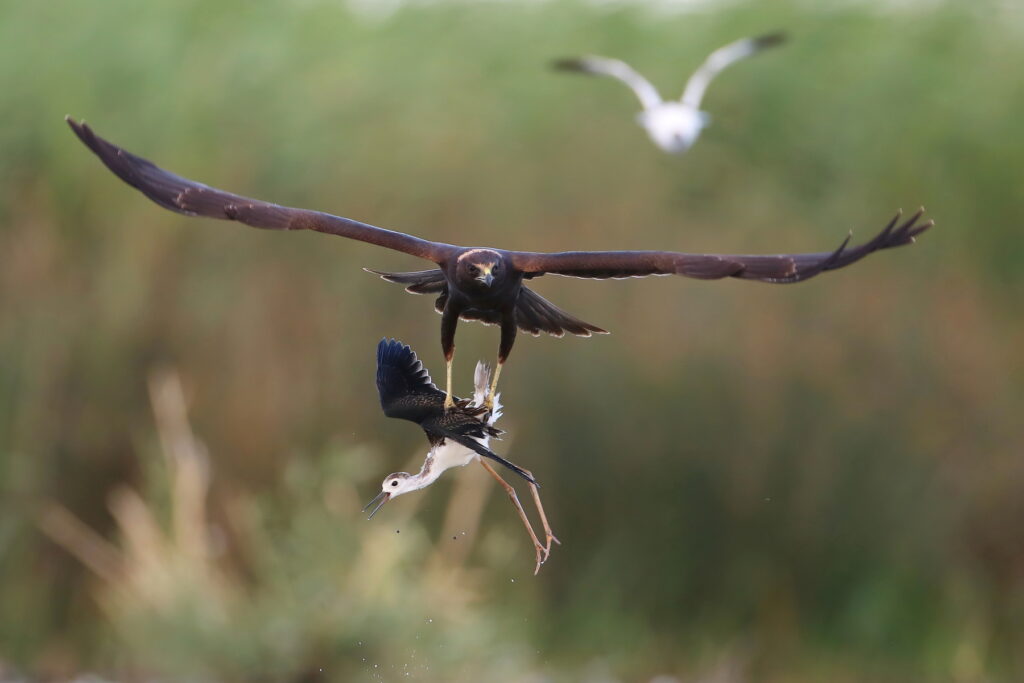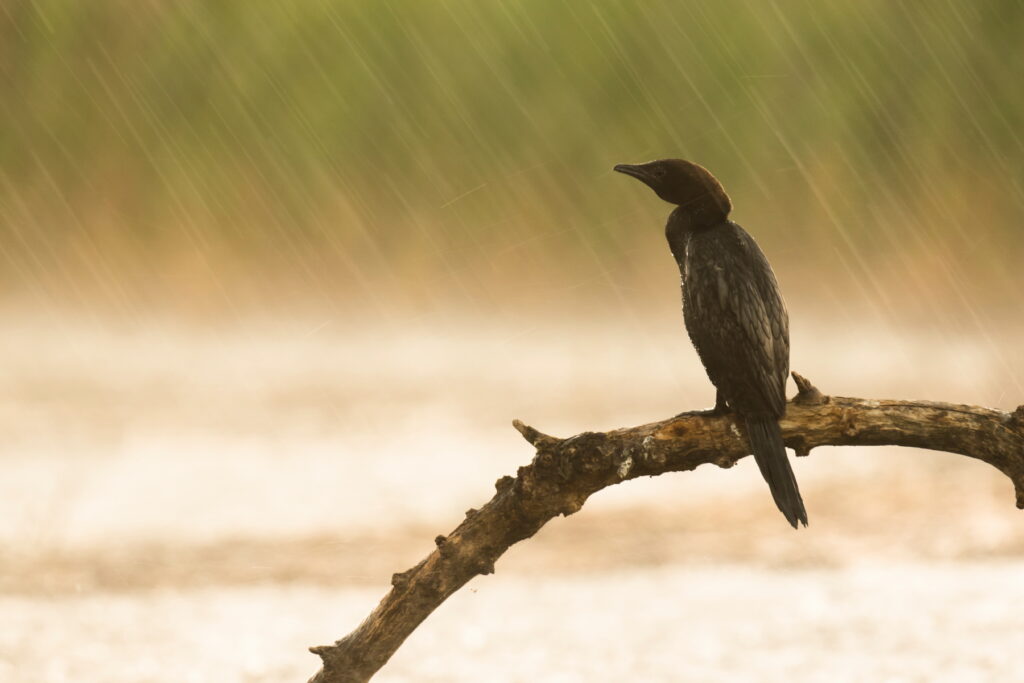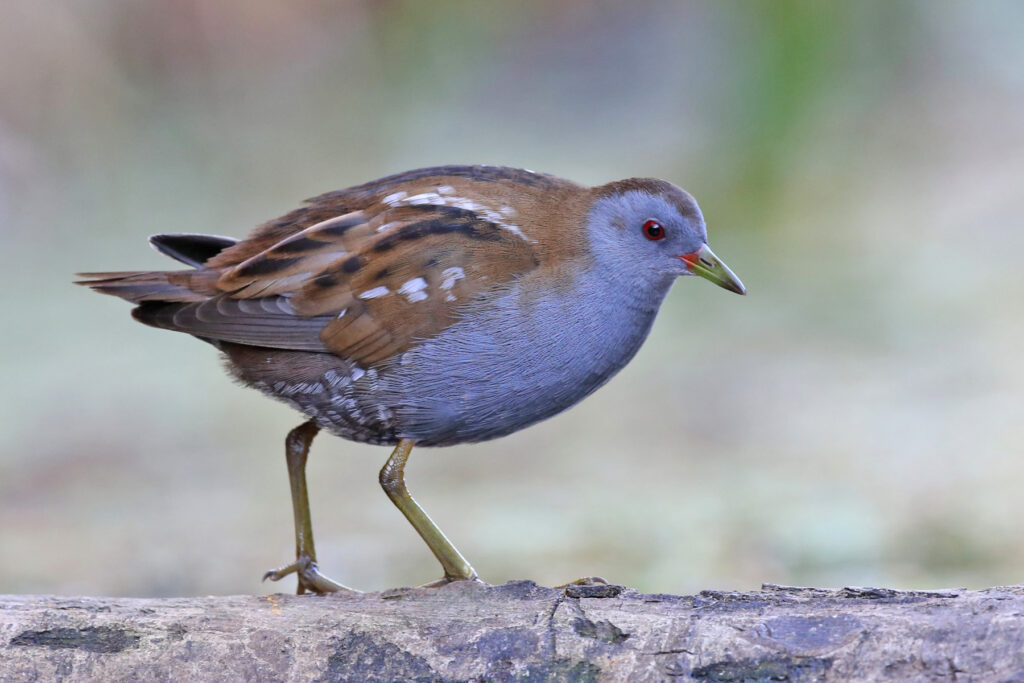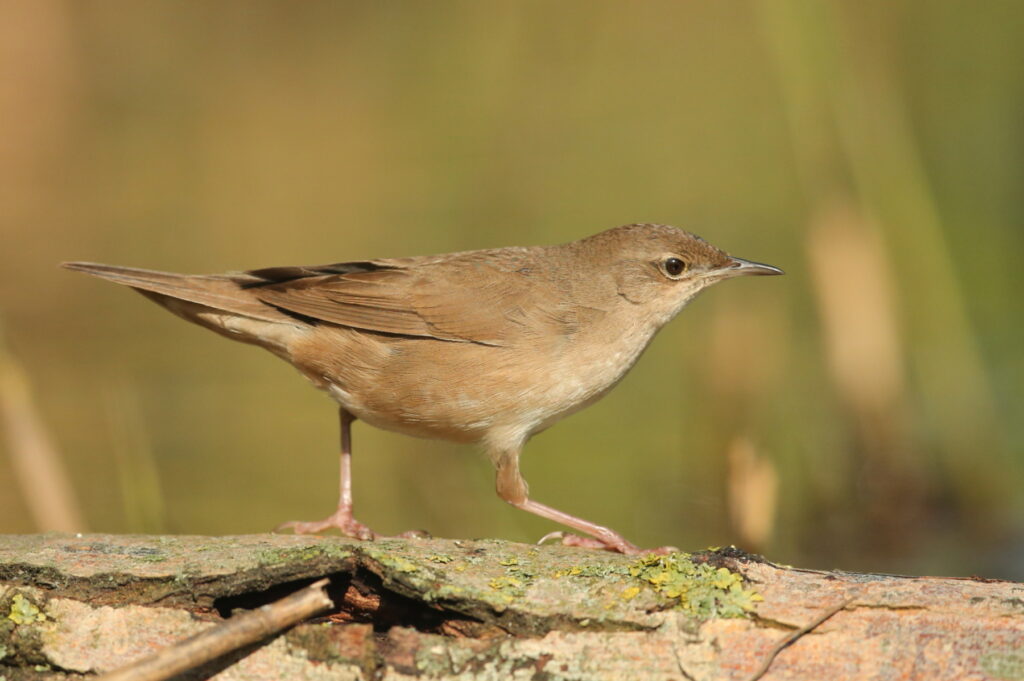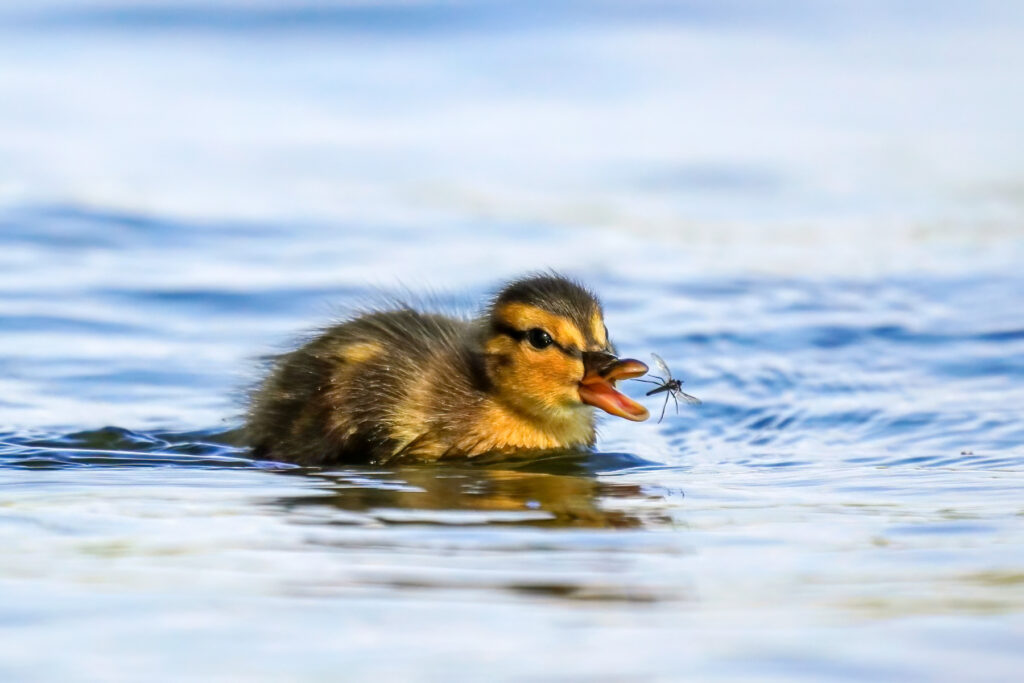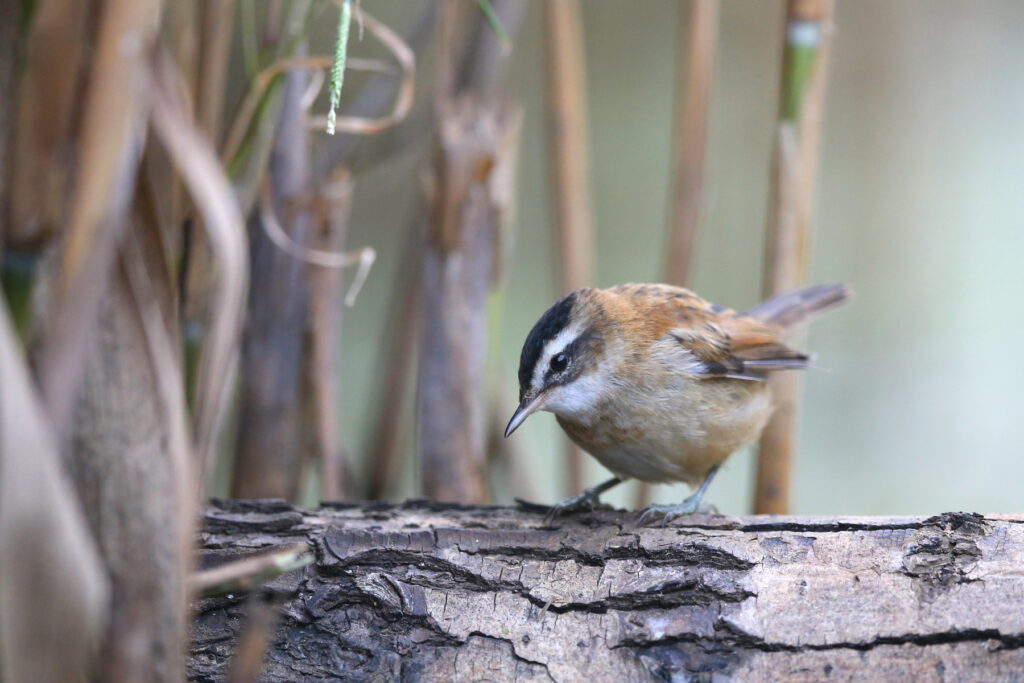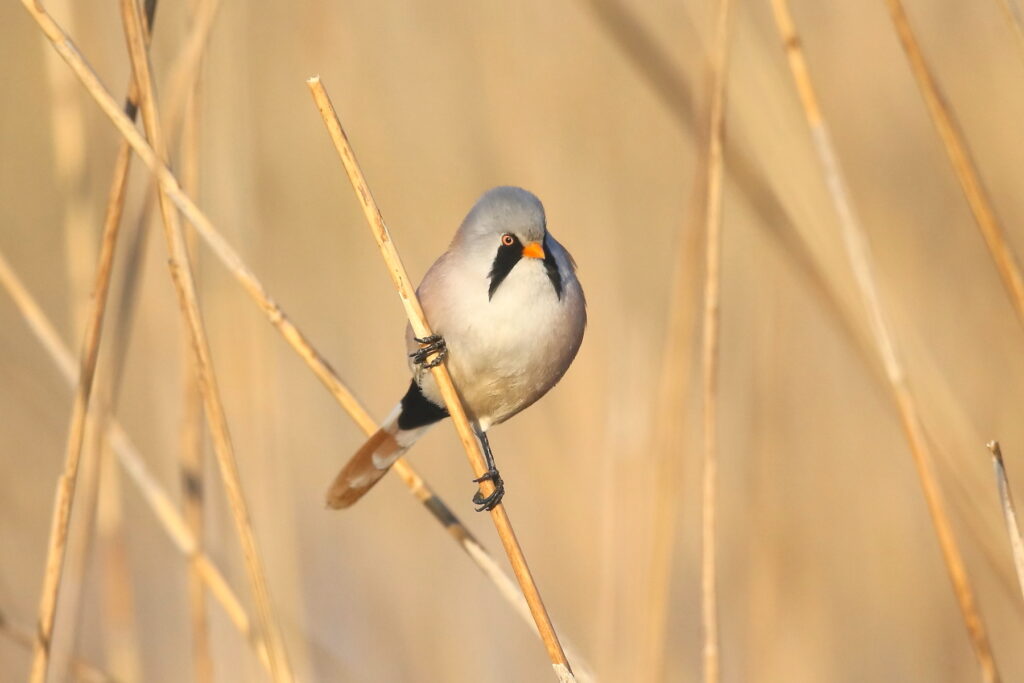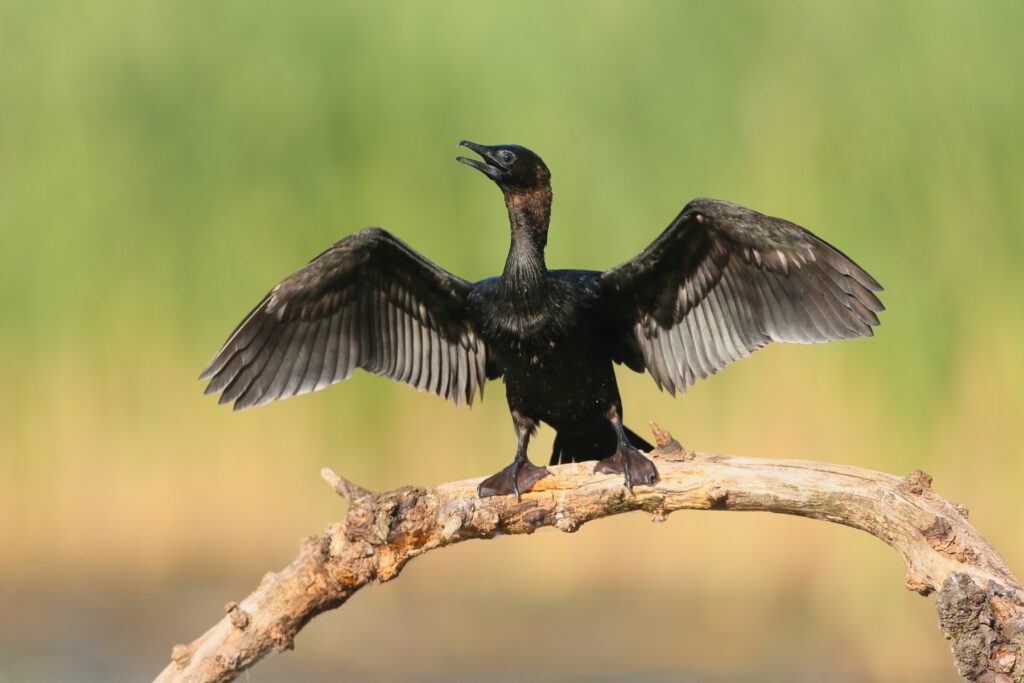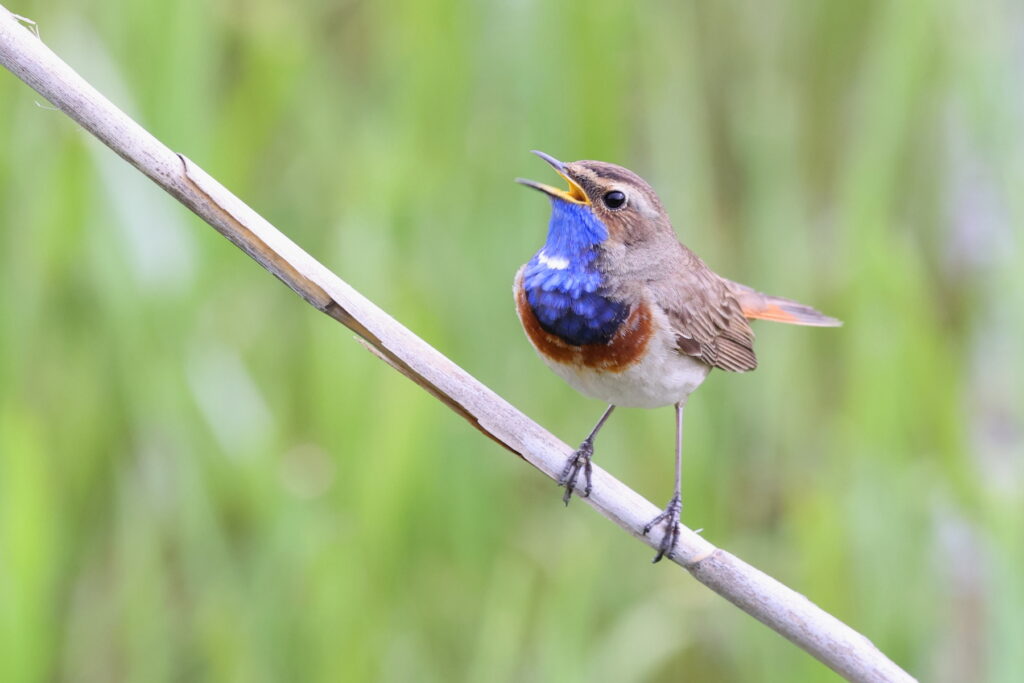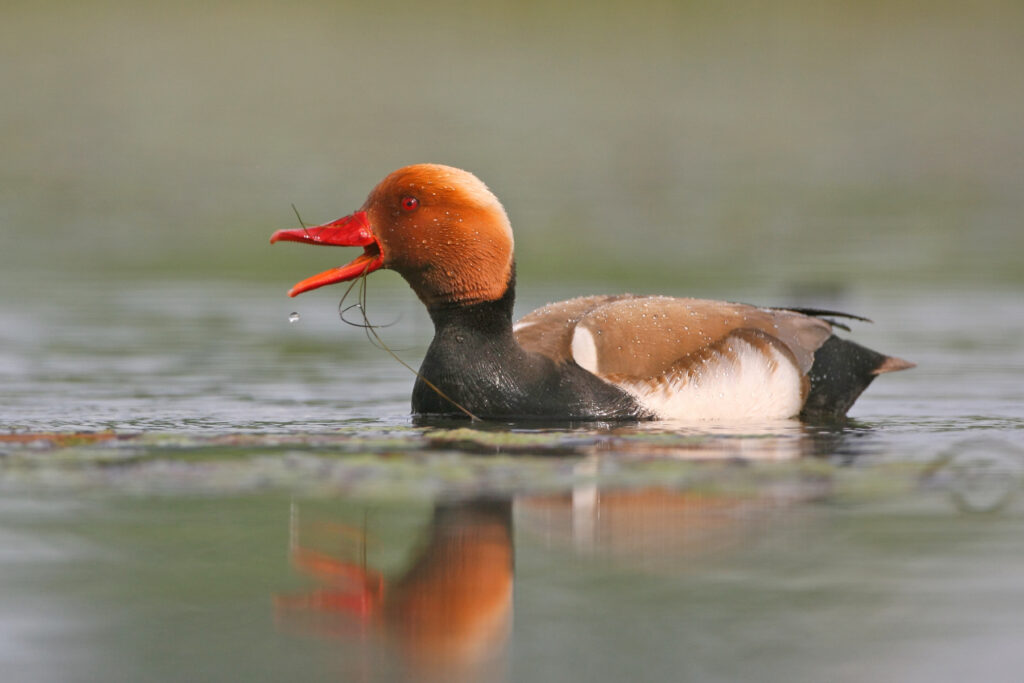Pygmy Cormorant Hide
Hungary
Location and installation year
This hide is located in a fishpond system in the western part of the Hortobágy National Park and it was installed in March 2008. This particular fishpond is used as a “bird feeding” pond and therefore there is no fishery activity in most of the year. In summer most of the pond is covered with floating Yellow Floatingheart which serves as a lovely yellow background for photography. The hide is located at the edge of the reedbed and has a circular island in front of it used by birds for resting, preening, feeding etc. There are also several branches around the hide for birds to perch on. We also installed a smaller hide nearby in 2017 which serves as a reedbed feeding station. Photographers are free to move between the two hides during the day!
Access
It is about 100 meter walk through reed on a boardwalk (installation of boardwalk finished in 2011).
Size and style
It is 240 cm wide, 240 cm long and 150-180 cm high depending on the water level. It has 200 cm by 140 cm photo-through windows. The bottom of the hide is about 5 cm above water level so it is possible to take pictures from a very low outlook. The hide is standing on pillars. It is comfortable for two photographers.
Comfort and accessories
- Curtains
- Large mattress
- Two shelves
- Bean bags
Regulation
This hide must usually be entered at dawn. It is possible to leave the hide any time. It is usually an all day hide as the travelling distance is far and the combination of two hides working well. The use of the curtain is recommended in the morning session when the sunlight hits the window. Smoking is strictly prohibited as the reed is highly flammable.
Recommended Photo Equipment
The furthest distance from the hide to the circular island is about 12 meters. All sorts of lenses are recommended but 500 mm and 600 mm are the best. Also 300 mm lens for flight and other action shots. Any zoom lenses can be adequate too (70-200; 200-400). Occasionally some species perch right in front of the hide so a wide angle lens can be useful too. Extenders.
What to bring
Mosquito repellent
Photo period
1st of April to 1st of October
Possible species
Little Grebe, Great Crested Grebe, Black-necked Grebe, Red-necked Grebe, Great Cormorant, Pygmy Cormorant, Night Heron, Squacco Heron, Bittern, Little Bittern, Little Egret, Great White Egret, Grey Heron, Purple Heron, Glossy Ibis, Spoonbill, Mute Swan, Greylag Goose, Wigeon, Gadwall, Teal, Mallard, Garganey, Pintail, Shoveler, Common Pochard, Red-crested Pochard, Ferruginous Duck, Tufted Duck, Goldeneye, Smew, Marsh Harrier, Little Crake, Water Rail, Moorhen, Coot, Little Ringed Plover, Lapwing, Ruff, Snipe, Spotted Redshank, Common Redshank, Green Sandpiper, Wood Sandpiper, Common Sandpiper, Black-headed Gull, Common Gull, Yellow-legged Gull, Caspian Gull, Whiskered Tern, Black Tern, White-winged Black Tern, Kingfisher, Barn Swallow, Yellow Wagtail, White Wagtail, Bluethroat, Savi’s Warbler, Sedge Warbler, Reed Warbler, Great Reed Warbler, Bearded Tit, Hooded Crow, Magpie, Starling, Reed Bunting
Tours that visit the hide
